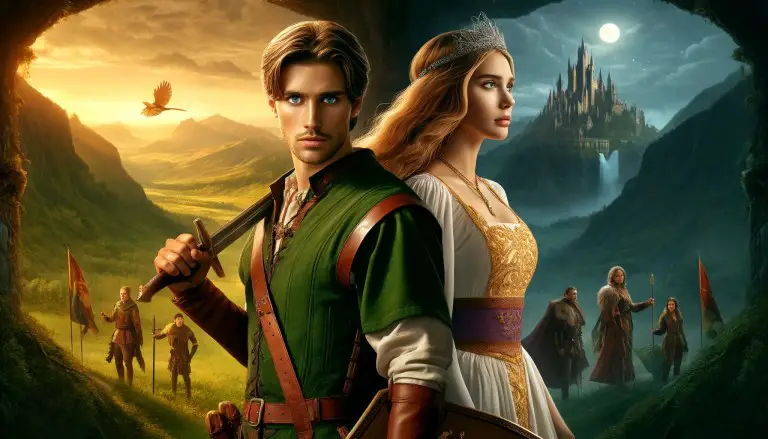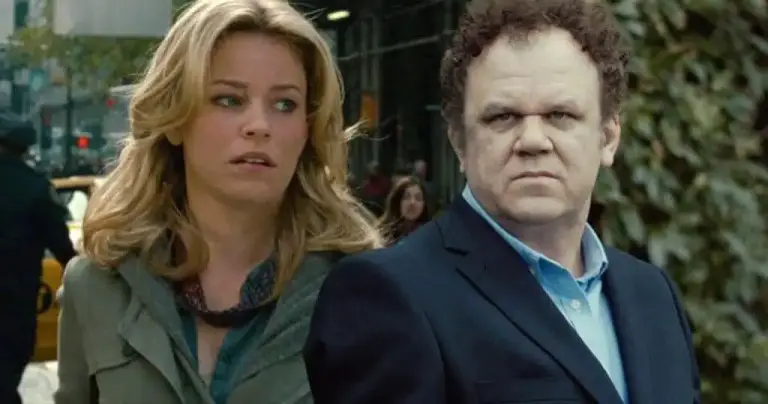Table of Contents
In May 2024, we had the opportunity to conduct an interview with Allan Alcorn, the pioneer behind the iconic video game Pong and a foundational figure in the video game industry. This interview was conducted via mail and email correspondence and provides insight into Alcorn’s innovative contributions to technology and gaming, his experiences during the early days of Atari, and his perspectives on the evolution of video gaming.
About Allan Alcorn
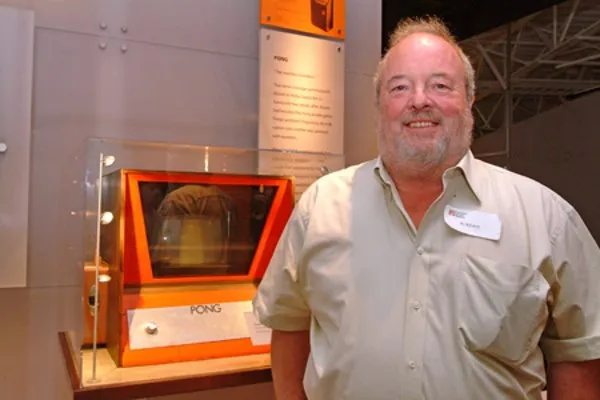
Allan Alcorn is a pioneering figure in the video game industry, renowned for creating Pong, the first commercially successful video game. Born in 1948 in San Francisco, Alcorn’s fascination with electronics began early, influenced by a correspondence course in radio and TV repair. He attended UC Berkeley, initially pursuing a path in football before switching to focus on engineering, a decision that catalyzed his later innovations.
During his time at UC Berkeley, Alcorn took a job at Ampex where he met Atari co-founders Nolan Bushnell and Ted Dabney. After joining Atari, Alcorn was tasked with creating a table tennis game as a training exercise, which led to the development of Pong. This game quickly became a cultural phenomenon and laid the groundwork for the video game industry. Alcorn’s contributions were instrumental in establishing Atari as a dominant force in the early days of video gaming.
Beyond Atari, Alcorn has engaged in various entrepreneurial and technical advisory roles. His career is marked by his continued impact on technology and gaming, mentoring new engineers and participating in tech startups. Alcorn’s legacy is not only in his direct contributions but also in his influence on the evolution of digital entertainment and interactive media.
Recommended Reading
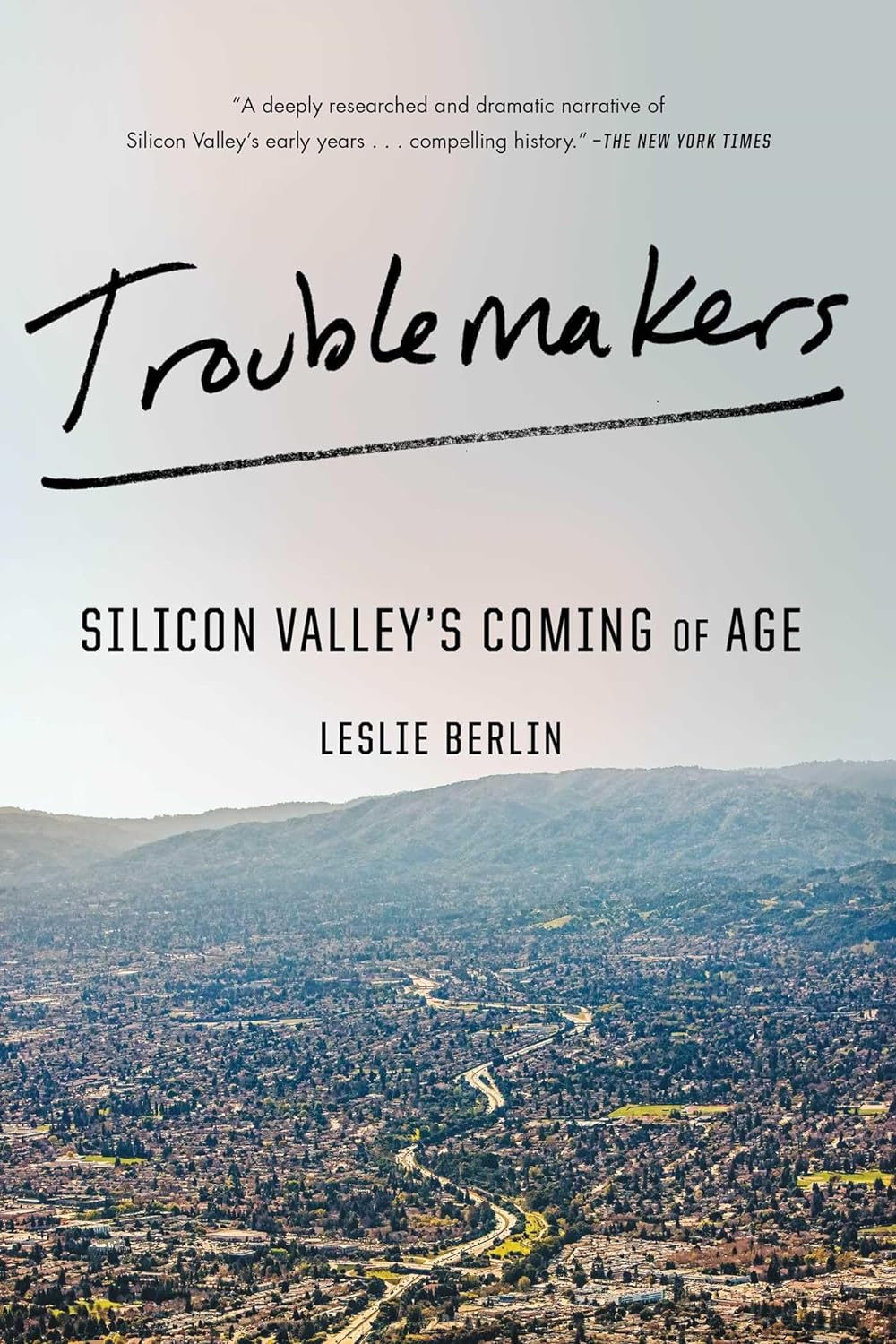
Troublemakers: Silicon Valley’s Coming of Age by Leslie Berlin is a captivating narrative that highlights the untold stories of the people who played crucial roles in the rise of Silicon Valley from 1969 to 1983. The book dives deep into the lives and careers of seven exceptional individuals who helped to shape this era, offering insights into the challenges and triumphs they faced.
Al Alcorn Interview
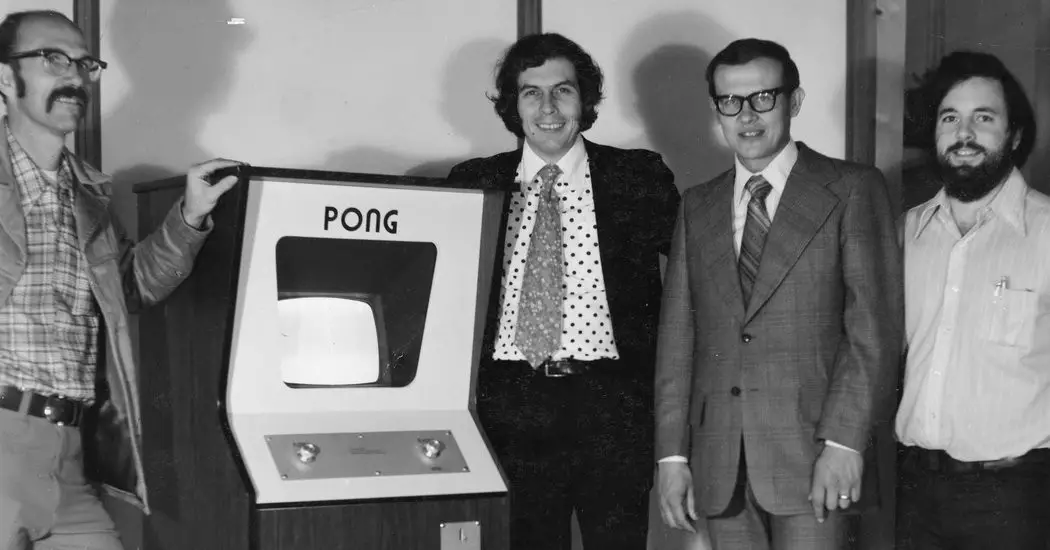
Interestingly, in 1973 I hired Steve Jobs 8 as a technician and his buddy was would hang around at Atari after work. Was is the opposite of Jobs, he’s the sweetest guy you ever met and he has a great sense of humor.
Paul Allen 11 was one of the cofounders of Microsoft and he started a company called Interval Research that had about 100 truly great scientists that were tasked with creating new technologies that could change industries. I was asked to assist with making sustainable companies out of the technology, and then I was asked to be the vice president of engineering of one of the spinouts called Zowie Intertainment. The challenge was to develop and put in production a child’s playset that could detect the position of 10 different play pieces on the playfield and do this at a very low cost. We succeeded at this, but the company never really got off the ground because of the difficulties in the toy business.
1. IBM 7090–7094: Early mainframe computers used primarily for scientific and engineering applications. These systems required programs to be written in FORTRAN and were commonly operated through the use of punched cards. ↩
2. Computer Punch Cards: Used for data input into computers, these cards stored information that computers could read. They were essential for programming in the early days of computing, including for the IBM systems Alcorn first used. ↩
3. 6502 microprocessor: A low-cost, high-performance microprocessor introduced in 1975 by MOS Technology. It was widely adopted in various computing systems, including the Atari VCS, due to its capabilities and affordability. ↩
4. Fairchild Channel F: The first video game console to use interchangeable cartridges, introduced by Fairchild Semiconductor in 1976. Although innovative, it was hampered by the less powerful Fairchild F8 microprocessor. ↩
5. VCS (Video Computer System): Later known as Atari 2600, this system popularized the use of ROM cartridges, allowing a variety of games to be played on a single console, thus significantly impacting the home entertainment landscape. ↩
6. Atari Cosmos: A holographic video game system developed but never released by Atari. It utilized holography to create visual effects for games, a novel concept at the time. ↩
7. Steve Wozniak and Atari: Although not an Atari employee, Wozniak developed the game Breakout for Atari. His design was considered innovative, pushing the limits of video game engineering at the time. ↩
8. Steve Jobs and Atari: Before co-founding Apple, Steve Jobs worked at Atari where he was involved in the development of the game Breakout alongside Steve Wozniak. ↩
9. Cray computer: High-performance computers used for complex computations. At Apple, Alcorn utilized Cray supercomputers to develop advanced video compression algorithms. ↩
10. Discrete Cosine Transform (DCT): A technique for converting signals into elementary frequency components, essential for video compression technologies and integral to modern multimedia applications. ↩
11. Paul Allen: Co-founder of Microsoft who later started Interval Research, aimed at fostering innovation in technology. Alcorn collaborated with Allen’s venture, particularly with the spinout company Zowie Intertainment. ↩
12. Nolan Bushnell: Co-founder of Atari and a pivotal figure in the development of the video game industry. Bushnell’s vision for interactive entertainment significantly shaped the early landscape of video gaming. ↩
13. Video Game Crash of 1983: A major downturn in the video game industry caused by market saturation and economic factors, leading to significant financial losses, especially for Atari. ↩
More Interviews
A Link Between Worlds: “The Legend of Zelda” from Console to Cinema
A Link Between Worlds: “The Legend of Zelda” from Console to Cinema A Link Between Worlds: “The Legend of Zelda” from Console to Cinema “The Legend of Zelda” is more than just a video game franchise; it’s a pivotal part…
Elizabeth Banks to Star in “Dreamquil” a Stepford Wives Tale for the Age of AI
Elizabeth Banks to Star in “Dreamquil” a Stepford Wives Tale for the Age of AI Dreamquil Production Dates: May 3, 2024 – June 12, 2024 Filming Location: Los Angeles Director/Creator: Alex Prager Producers: Vincent Landay, Max Handelman, Alison Small Cast:…
Alexandra Daddario, Zazie Beetz to Star in Adam Scott’s Thriller “Double Booked”
Alexandra Daddario, Zazie Beetz to Star in Adam Scott’s Thriller “Double Booked” “Double Booked” Amy Sussman/Getty Images | © 2022 Getty Images | Image courtesy gettyimages.com Production Dates: Active Development Director: Adam Scott Producers: Adam Goodman, Matt Skiena, Naomi Scott…
Hayley Kiyoko Adopts Popular Song “Girls Like Girls” to Feature Film
Hayley Kiyoko Adopts Popular Song “Girls Like Girls” to Feature Film Girls Like Girls Production Dates: June 17 Filming Location: Kelowna, BC Director/Creator: Hayley Kiyoko Producers: Marc Platt – Katie McNicol – Michael Philip – Jason Moring – Richard Alan…
Johnny Depp, Shaq, Dominic Monaghan, & More Respond to Fan Mail
Johnny Depp, Shaq, Dominic Monaghan, & More Respond to Fan Mail Since the early 2000s, I’ve been deeply involved in Through The Mail (TTM) autograph collecting, sending numerous letters to celebrities, athletes, and public figures to request their autographs. This…

